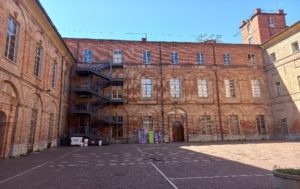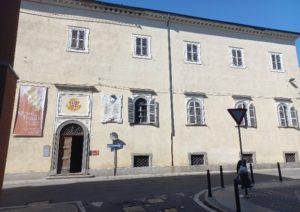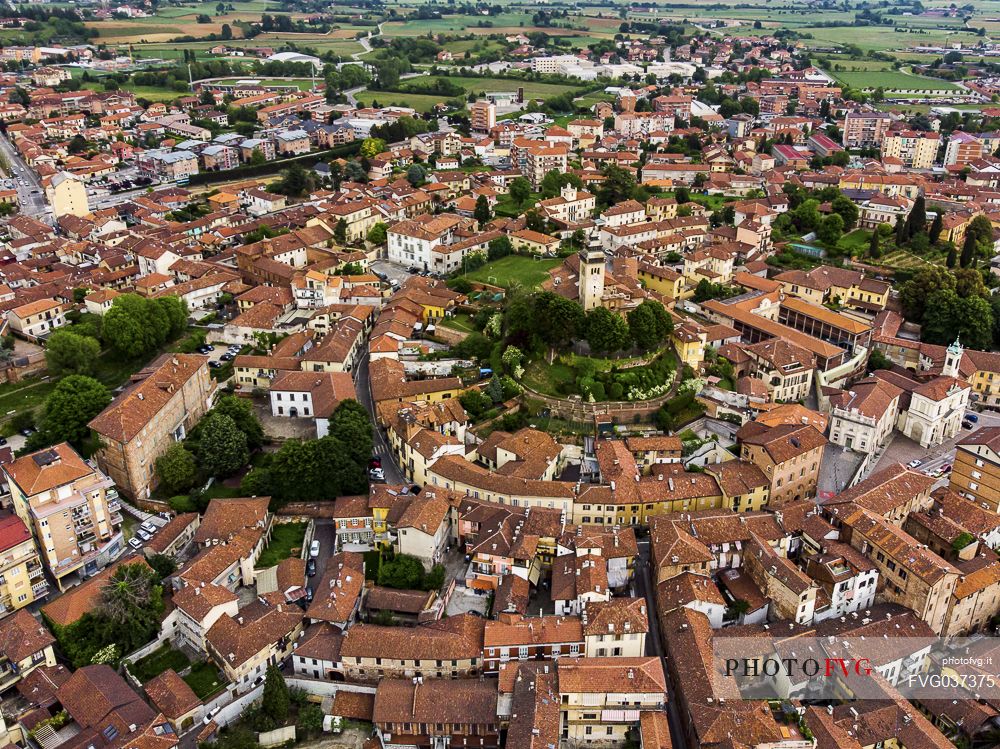The 2021-2027 European Program is strongly cohesive around the “Green Deal”, which sets the ambitious goal of carbon neutrality in 2050. Energy efficiency in buildings is an important factor in achieving this objective as the sector contributes significantly to greenhouse gas emissions. In this context, the Municipality of Chieri has decided to apply to the PNRR Funds proposing two historic buildings to be redeveloped and re-functional. In particular, investment 1.3 of Component M1C3.1 recognizes that many of the Italian cultural structures are buildings with high environmental impact and high management cost. The two buildings on which the Municipality intends to intervene are:
- the complex of San Filippo, where are located the start Gallery, exhibition of History and Art Chierese, the Don Bosco Visitor Center and a chapel-oratory to be used as a multipurpose room;
- the complex of Santa Clara, which houses the Textile Museum, the Historical Archive of drawings, sketches and samples, the specialist library of the arts and textile production and the Textile Garden.
Both buildings require energy upgrading in order to reduce both economic and environmental operating costs. The resources made available by the PNRR Funds would allow support from the Municipality for the promotion of the cultural heritage linked to the history of Chieri, including the enhancement of the artisanal and industrial history of textiles.

San Filippo complex

Santa Clara complex
OUR ROLE
Envipark. has been selected by the Municipality of Chieri to provide support in the project activities concerning:
- drafting of the Energy Diagnosis of the two buildings;
- issue of the ex-ante Performance Energy Certificate of the buildings;
- design of the exhibition design start Gallery and identification of safety aspects and adaptation to the current rules of Fire Prevention;
- design of the construction of the newly restored former chapel for multifunctional use and identification of safety aspects and adaptation to current fire prevention standards;
- carrying out participatory design activities;
- training activities on energy efficiency.
